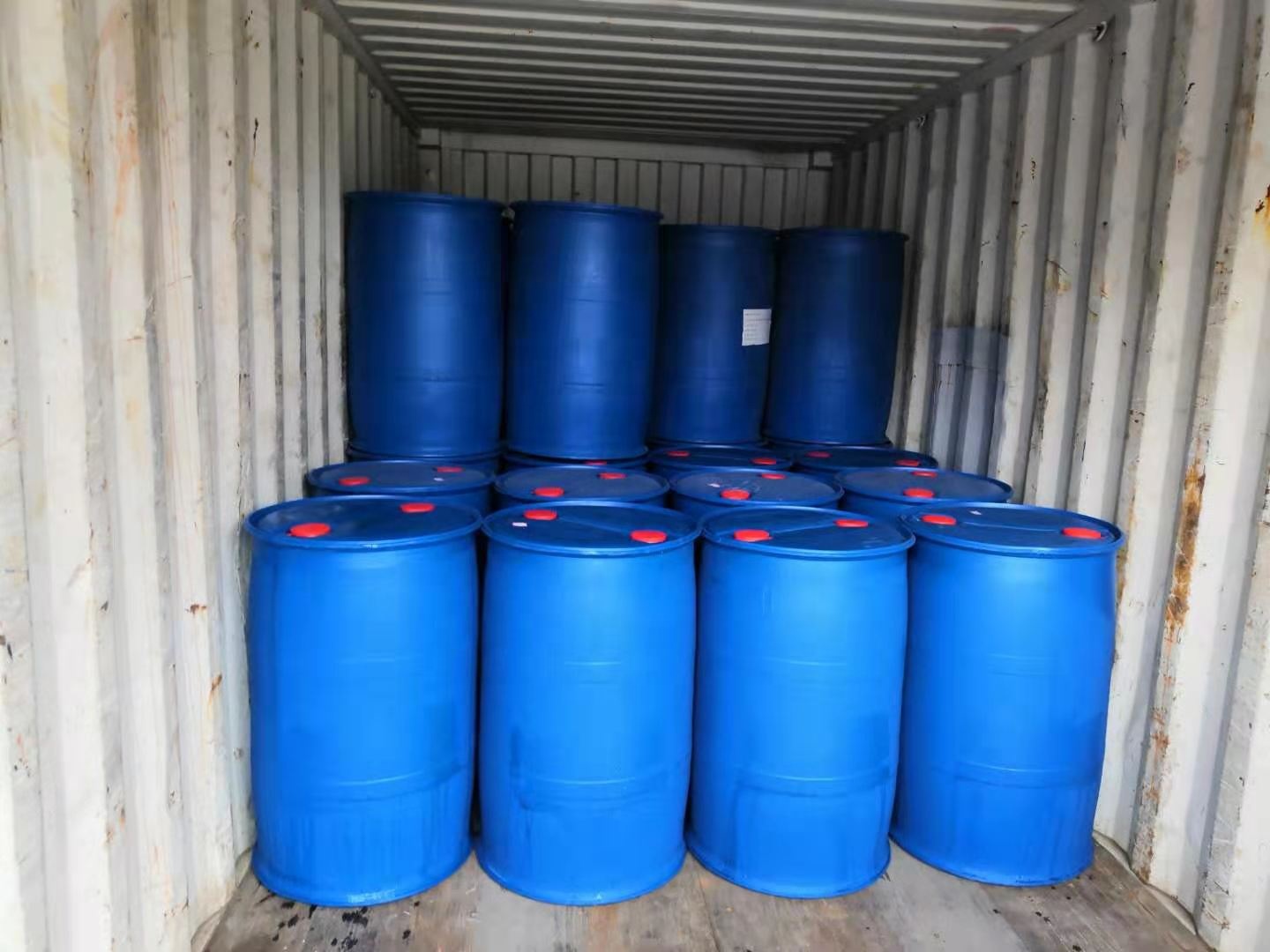Note: It is economical and effective to spray each barrel of water with silicone mist after mixing. Pay attention to the spread and residual toxicity of dimethyl!
1. Glyphosate + acetochlor + atrazine
The mixed use of the three can not only prevent a variety of weeds that have emerged, but also achieve the effect of soil closure and weeding. For perennial weeds, by improving the control effect of glyphosate, its roots can be killed to achieve the purpose of eradication.
2. Glyphosate + acetochlor + benzsulfuron
Glyphosate has outstanding control effect on common annual and perennial weeds, 200 grams of glyphosate +30 grams of sodium dimethyl tetrachloride, and the effect is fast and good on broad-leaved weeds and broad-leaved mixed irrigation, especially on field convolvola and bowl flower. It does not affect the control effectiveness of grass weeds. Mixed with a small amount of benzsulfuron has a synergistic effect and can expand the herbicidal spectrum.
3, glyphosate +2 methyl4 chloride sodium salt
The absorption and transport of glyphosate were increased when the mixture of 2 methyl4 sodium chloride and glyphosate was used to control broad-leaved weeds. The effect on broad-leaved weeds and broad-leaved mixed irrigation is fast and good, especially on field convolvulus and bowl flower. It does not affect the control effectiveness of grass weeds.
4. Glyphosate + carboxyflufen
The half-life of carboxyflurane is short, and it can be degraded completely quickly, so it is limited by the number of times when spraying crops between rows, and it is suitable for use in no-till.
200 grams of glyphosate +10 grams of carboxyfluorfen, special effect on purslane, etc., also has a synergic effect on general broad leaves, and does not affect the control effect on grasses. Suitable for vegetable fields, etc.
5, glyphosate + fine quinoline
200 grams of glyphosate +20 grams of sperquinoline can enhance the effect of gramineae, especially on perennial malignant weeds, and does not affect the control effect on broad leaves.
Note: Before compounding, a small amount can be taken for miscibility test. If precipitation, flocculation, stratification, floating and deterioration occur, indicating that its safety has changed, it can not be mixed. In addition, attention should be paid to the synergistic function of the mixture, and the dosage of the mixture should be reduced when used (generally within half of the amount of each single dose), so as to avoid drug damage and the safety of medicinal materials.
Post time: Sep-25-2024






